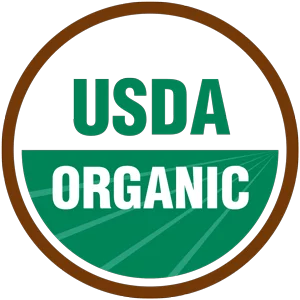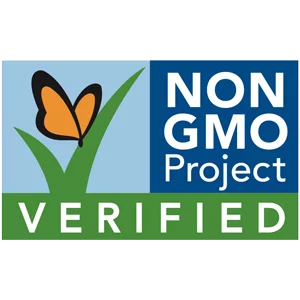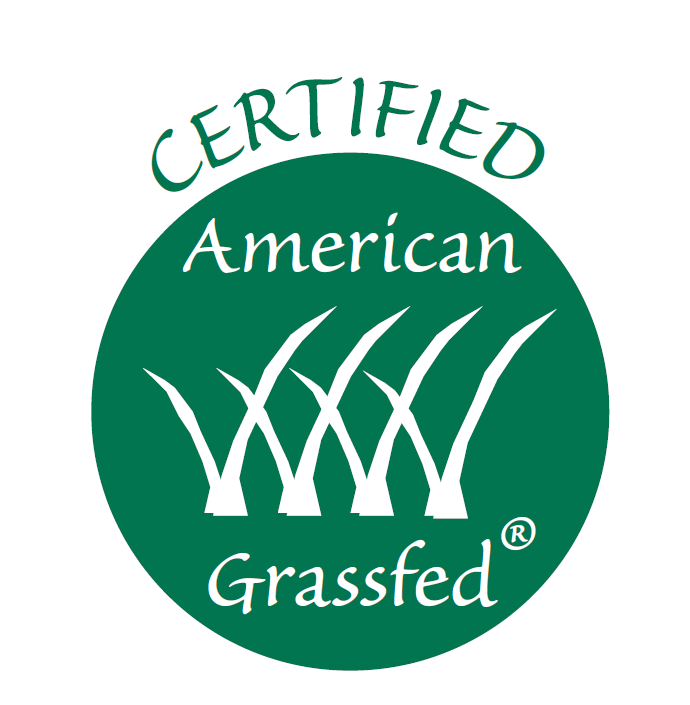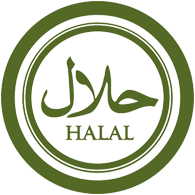Posted by Admin | November 12, 2015
Transitioning from a conventional dairy farm to an organic dairy farm is a lengthy and rigorous process. That’s why we’re here to help! Our Farm Liaison offers personal consultations with producers to walk through the transitional phase. For more information on the transition and a cost estimate, please contact us today!
Organic dairy farms differ from conventional dairy farms in a variety of ways including:
- No toxic and persistent pesticides, insecticides, herbicides, or fungicides
- No synthetic growth hormones or antibiotics
- No GMOs (genetically modified organisms)
- No irradiation or sewage sludge
- No synthetic fertilizers
But certified organic is not just a list of prohibited substances and practices. It also means that affirmative practices are used to:
Promote a healthy natural environment.
- Organic farmers use biological and mechanical processes to control pests; rotate crops to maintain nutrient-rich soil; use techniques that minimize soil erosion; and avoid monocropping to maintain biodiversity.
Accommodate natural animal behavior.
- Organic farmers and ranchers provide a minimum of 120 days on pasture for grazing animals, shade, shelter, and dry bedding. Organic animals are fed organic feed and do not receive antibiotics or growth hormones.
Foster the cycling of resources.
- Organic farms often use animal waste as fertilizer; collect rainwater for irrigation; or grow the feed for the animals they raise.
For more details on certified organic requirements, check the USDA website.






